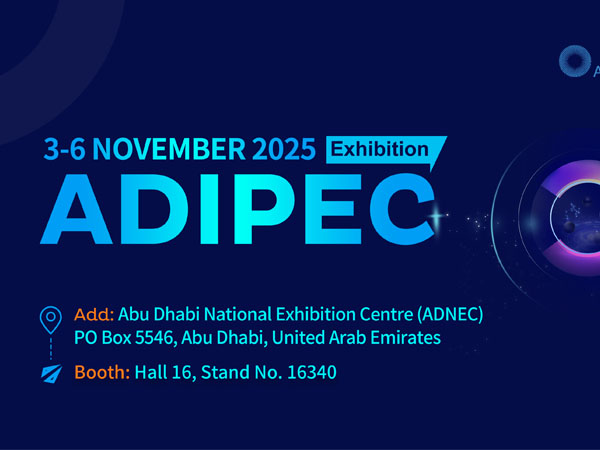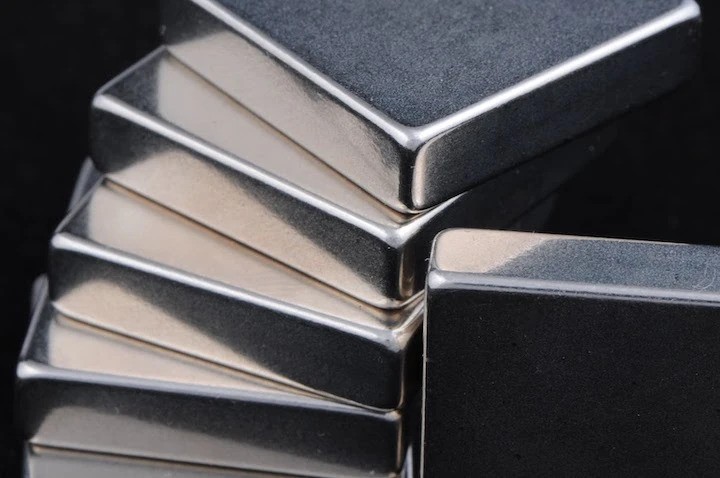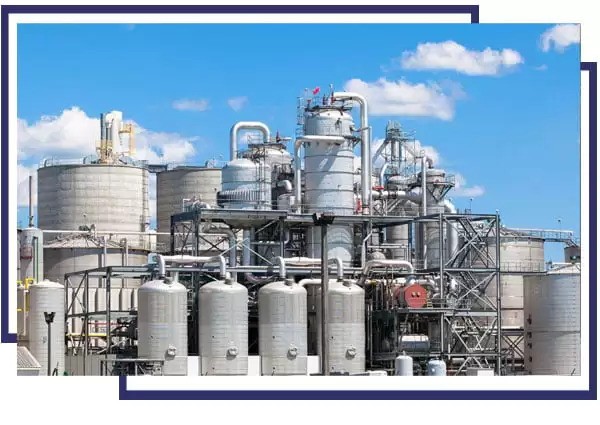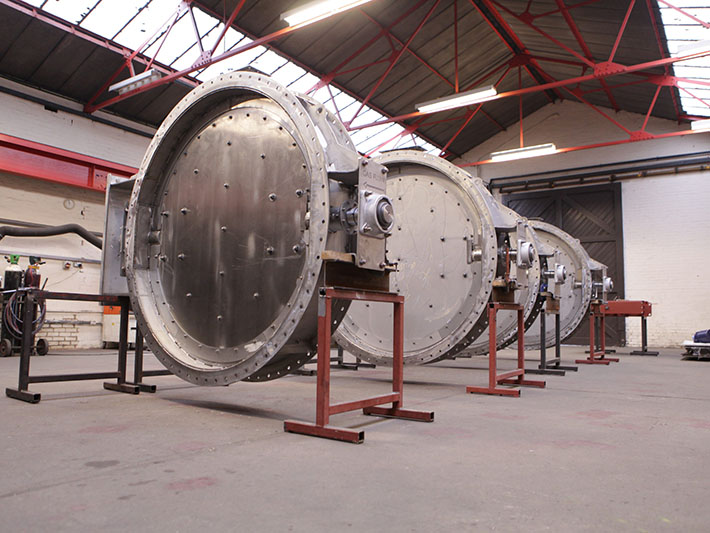Technical Specifications and Material Selection Strategies for Nickel-Based Alloy Pipes: Application Analysis of Nickel 201 Seamless Tubes
(Abstract: This paper systematically elaborates the technical characteristics of high-performance nickel-based alloy pipes, focusing on Nickel 201 seamless tubes. Combining the latest industry data and engineering practices, it provides an in-depth analysis of their application standards and selection strategies under extreme operating conditions.)
1. Material Properties and Technical Specifications
Nickel 201 (UNS N02201), as an industrial-grade pure nickel material, strictly adheres to the ASTM B160 specification. Its typical composition includes:
-
Nickel (Ni) ≥ 99.0%
-
Manganese (Mn) ≤ 0.35%
-
Iron (Fe) ≤ 0.40%
-
Silicon (Si) ≤ 0.35%
Key Advantages:
-
High-Temperature Stability: Operating temperature limit of 600°C (continuous service)
-
Corrosion Resistance: Excellent performance in reducing media (e.g., ≤70% sulfuric acid, hydrochloric acid systems)
-
Mechanical Properties: Annealed state tensile strength: 380–480 MPa, yield strength ≥120 MPa, elongation ≥40%
Physical Parameters (per ASME SB725):
-
Density: 8.89 g/cm³ (20°C)
-
Thermal expansion coefficient: 13.3 μm/m·K (20–100°C)
-
Electrical resistivity: 0.086 μΩ·m (20°C)
-
Thermal conductivity: 70.2 W/m·K (100°C)
2. Standardized Production System
2.1 Manufacturing Standards
-
ASTM B829: General requirements for nickel and nickel alloy seamless pipes
-
AMS 5586H: Special process specifications for aerospace-grade tubing
-
EN 10305-5: EU standard for precision tubes in pressure equipment
2.2 Quality Control Elements
-
Metallurgical Control: Vacuum induction melting (VIM) + electroslag remelting (ESR) dual-process to ensure oxygen content ≤30 ppm
-
Forming Process: Cold drawing + precision finishing, achieving wall thickness tolerance of ±5%
-
Heat Treatment: Annealing at 760–925°C under argon protection to prevent oxidation
-
Testing Protocol: Eddy current + ultrasonic testing, compliant with ASTM E309/E213
3. Engineering Selection Decision Model
3.1 Common Selection Misconceptions
Misconception 1: Overemphasis on nickel content
Analysis: In environments with pH >12, high-purity nickel is prone to stress corrosion cracking; nickel-iron alloys are preferred.
Misconception 2: Neglecting thermal cycling effects
Case Study: A petrochemical reforming unit experienced pipeline deformation exceeding standards due to unaccounted 300°C thermal cycling.
Misconception 3: Inadequate welding process compatibility
Recommendation: Use AWS A5.14 ERNi-1 welding wire with interpass temperature controlled below 150°C.
3.2 Cost-Effectiveness Evaluation Model
Lifecycle Cost = Initial Cost × (1 + Maintenance Coefficient) / Design Lifespan
Maintenance coefficient reference values:
-
Corrosive environments: 1.8–2.5
-
High-temperature environments: 1.3–1.6
-
Radiation environments: 2.0–3.0
4. Technical Controversies and Market Trends
4.1 Solution Treatment Debate
Recent studies (Journal of Materials Engineering and Performance, 2023) indicate that for pipes servicing temperatures >450°C, solution treatment reduces intergranular corrosion rates by 42%, but requires a cooling rate ≥50°C/min.
4.2 Market Dynamics
2023–2024 LME Nickel Price Fluctuations:
|
Quarter
|
Price Range (USD/metric ton)
|
Key Influencing Factors
|
|
2023 Q4
|
25,600–28,400
|
Indonesia’s export policy adjustments
|
|
2024 Q1
|
27,800–31,200
|
Surging demand for new energy technologies
|
5. Engineering Application Case Matrix
|
Application Field
|
Typical Conditions
|
Failure Mode
|
Optimization Strategy
|
|
Nuclear heat exchange
|
300°C/15 MPa boric acid
|
Grain boundary erosion
|
Enhanced solution treatment
|
|
Petrochemical cracking
|
550°C H₂S environment
|
Sulfide stress corrosion
|
Surface nanocrystallization
|
|
Aerospace LOX systems
|
Liquid oxygen transfer
|
Low-temperature brittleness
|
Cold-working deformation ≤30%
|
6. Emerging Technologies
6.1 Additive Manufacturing
-
Selective laser melting (SLM) produces topology-optimized fittings, reducing weight by 35%.
6.2 Surface Modification
-
Tungsten infiltration enhances sulfuric acid corrosion resistance by 60%.
6.3 Smart Monitoring
-
FBG optical fiber sensors enable real-time stress-strain monitoring.
Conclusion: Under the dual-carbon strategic objectives, Nickel 201 seamless tubes are expanding into emerging fields such as new energy equipment and deep-earth engineering. Implementing a digital twin-based lifecycle management system is recommended to ensure precise alignment between material performance and operational requirements.








 May 13 2025
May 13 2025